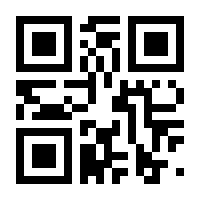Architecting Resilient Systems
Accident Avoidance and Survival and Recovery from Disruptions
von Scott JacksonA complete framework for any organization on achievingresilience in the event of terrorist attacks, natural disasters, orinternal failures
The study of resilience encompasses the processes, disciplines, and infrastructure that need to be in place to anticipate andprevent major accidents, survive unprecedented disruptions, andmaintain systems operation. Architecting Resilient Systems presentsa framework for implementation that both public and privateorganizations can use as a guide to establishing procedures foranticipating, surviving, and recovering from disruptions. Relyingon an uncommon level of familiarity with current research andstandard ways programs are run in industry, this resource presentsprinciples that may be applied to an extensive number of systemtypes and environments. Coverage includes:
Meeting the worldwide demand for an implementation approach tosystems resilience, this timely guide can be used as a textbook inuniversity courses or as a reference for practicing engineers, systems architects, technology managers, government agencies, andany business professional whose role is to plan for natural andhuman-made disruptions.
The study of resilience encompasses the processes, disciplines, and infrastructure that need to be in place to anticipate andprevent major accidents, survive unprecedented disruptions, andmaintain systems operation. Architecting Resilient Systems presentsa framework for implementation that both public and privateorganizations can use as a guide to establishing procedures foranticipating, surviving, and recovering from disruptions. Relyingon an uncommon level of familiarity with current research andstandard ways programs are run in industry, this resource presentsprinciples that may be applied to an extensive number of systemtypes and environments. Coverage includes:
Meeting the worldwide demand for an implementation approach tosystems resilience, this timely guide can be used as a textbook inuniversity courses or as a reference for practicing engineers, systems architects, technology managers, government agencies, andany business professional whose role is to plan for natural andhuman-made disruptions.






